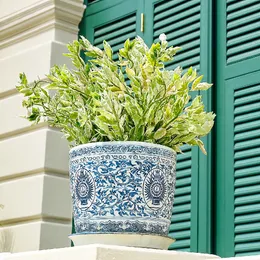

Top 20 Most Popular Spring Flowers in Yemen
As Spring breathes new life into Yemen's landscape, a kaleidoscope of flowers burst into bloom, signaling the season's arrival. Among the cascade of colors, Madagascar periwinkle, Desert rose, and Apricot stand out, each representing the country's rich floral heritage. These blossoms not only add vibrancy but are often steeped in cultural significance, marking Spring's blossom as not just a physical, but a symbolic rejuvenation.

























More Plants in Yemen

Most Common Toxic Plants

Most Common Flowers

Most Common Spring Fruits

Most Common Fruits

Most Common Trees

Most Common Weeds

Most Common Tall Trees

Most Common Flowers of Winter

Most Common Plants
In Yemen, you can find Grain sorghum, Pearl millet, Aloe vera, Khat, Common fig, and more! There are 50 types of plants in total. Be sure to look out for these common plants when you’re walking on the streets, in parks, or public gardens.